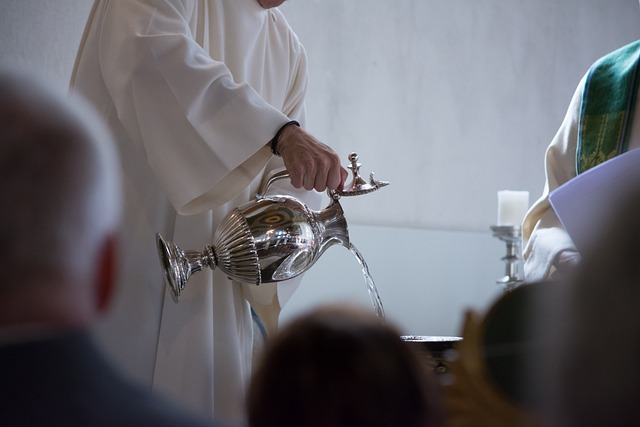The concept of the Holy Spirit holds a profound significance across various religions, acting as a bridge between the divine and humanity. Each tradition provides rituals that invite followers to experience the presence and guidance of the Holy Spirit, fostering a deep sense of connection and spiritual fulfillment. These rituals are not merely symbolic acts; they serve as potent conduits for invoking the essence of the Holy Spirit into daily life.
In Christianity, the advent of the Holy Spirit is often celebrated during Pentecost, when believers gather to commemorate the descent of the Holy Spirit upon the apostles. This event marked the beginning of their public ministry, fueled by inspiration and courage. The ritual of confirmation in many Christian denominations is another vital practice through which individuals receive the Holy Spirit. This sacrament signifies the strengthening of faith and a deeper commitment to one’s religious community, often accompanied by prayers that invoke the Holy Spirit’s presence.
In other religious contexts, the Holy Spirit may manifest as divine energy or an inner guide. In Hinduism, for example, the concept of Shakti embodies a similar principle, representing divine feminine energy that empowers devotees. Rituals such as puja (worship) include offerings and chants aimed at invoking this sacred energy, creating an atmosphere where practitioners can feel the divine presence permeating their lives. These rituals foster a deep sense of reverence and connection, allowing participants to experience spiritual awakening and transformation.
Similarly, in certain Indigenous cultures, rituals centered around the Spirit are integral to maintaining harmony with the natural world. Through ceremonies like drumming, dancing, and fasting, individuals aim to connect with the Holy Spirit of nature, seeking guidance and wisdom. These practices underscore the understanding that the Spirit is not separate from the world but instead interwoven into the very fabric of existence. The communal aspect of these rituals can evoke powerful emotions as participants unite in shared beliefs, thereby nurturing a collective spirit.
Through these varied practices, the Holy Spirit becomes more than a theological concept; it evolves into a lived experience. Participants often describe feelings of joy, peace, and insight during rituals, creating lasting spiritual transformations. The rituals serve as reminders that the Holy Spirit is always present, encouraging individuals to open their hearts and embrace a deeper spiritual life.
Ultimately, the rituals designed to connect with the Holy Spirit transcend cultural boundaries and speak to a shared human desire for meaning and connection. Whether through prayer, meditation, or communal gatherings, these practices illuminate pathways to divine encounters, allowing individuals to feel a sense of belonging in the universe. They invite us to pause, reflect, and embrace the extraordinary realities of the Holy Spirit that enrich our spiritual journeys.



